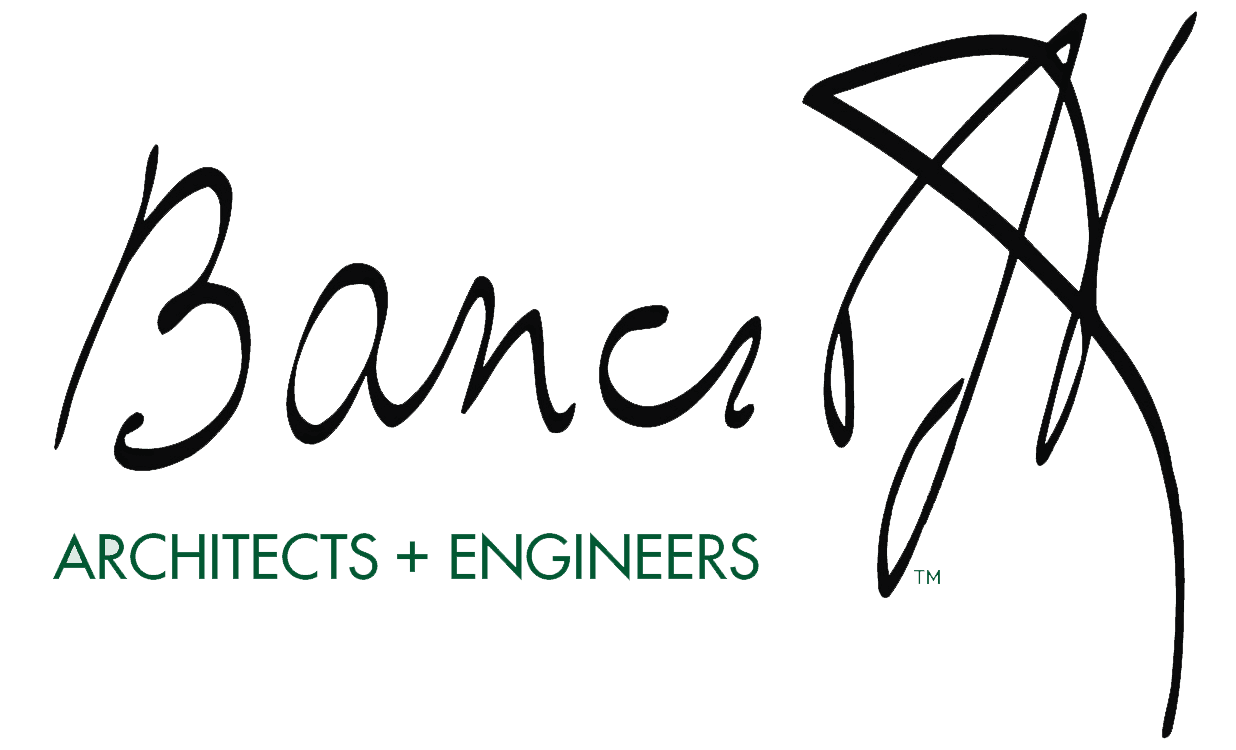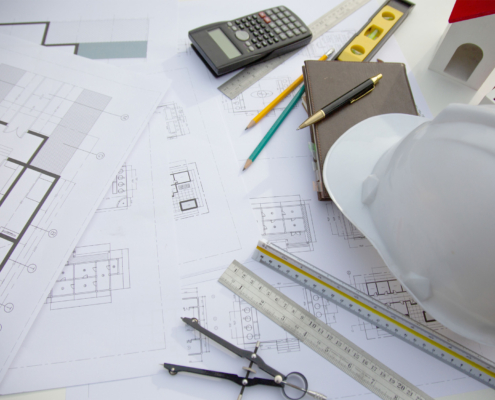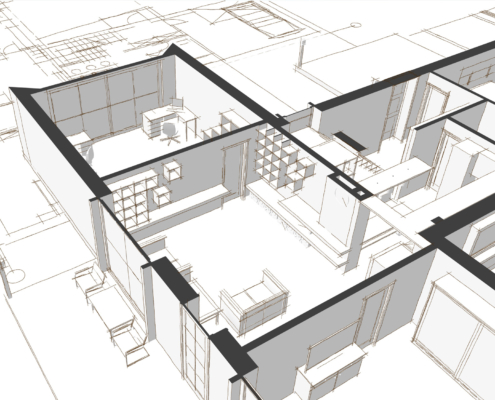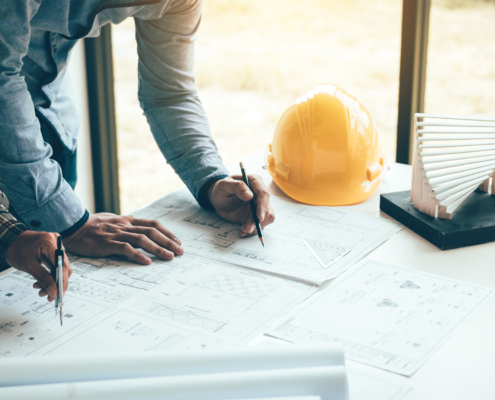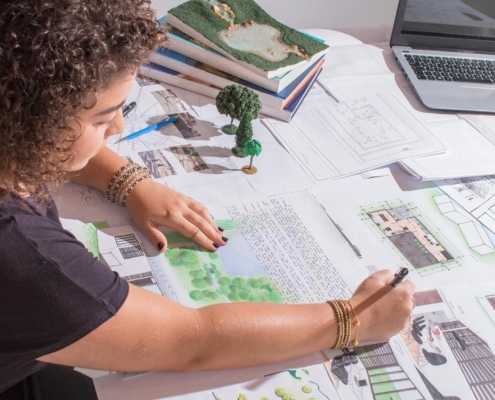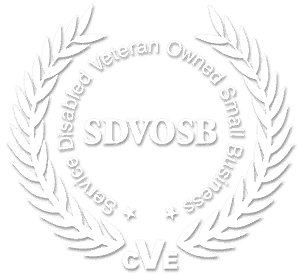Data Collection & Analysis
Gathering data means collecting the essential pieces needed to complete the puzzle. This critical phase in the master planning process involves considering who lives in the area, how the land is used, how people move around, environment-related issues, and more. It’s about gaining a holistic view to pave the way for smart decisions and effective planning.
The process of collecting data is thorough, using techniques and tools like GIS (geographic information system) mapping, surveys, and field observations to collect a diverse set of information. This rich tapestry of data sheds light on the community or site’s current situation and helps predict future needs for amenities, infrastructure, and services. It steers the planning process towards its objectives.
Examining the Insights
Once the data is collected, it’s time to unravel its insights. This step is about digging into the feedback gathered from engaging with the community, understanding the unique needs of the locale, and aligning these findings with the plan. The vision begins to gain clarity and substance, rooted in concrete evidence and the community’s needs.
Planners sift through this information to spot trends, challenges, and opportunities. Careful analysis guarantees that the master plan reflects the planners’ dreams as well as the community’s needs and ambitions for growth. This forms the solid foundation of a robust and inclusive master plan.
Navigating Zoning Regulations
Another pivotal component of the master planning process is navigating zoning regulations and building codes. These rules significantly influence the plan, affecting how land can be used, the height of buildings, and how dense or spread out developments can be. Understanding the legal landscape is crucial for transforming the master plan into reality.
This phase requires skillfully balancing the master plan’s aspirations with the hard facts of legal and regulatory standards. Planners must engage with local authorities to make sure the plan respects current laws while pushing boundaries for innovative and sustainable development. It’s a negotiation process that bridges the gap between lofty goals and pragmatics.
